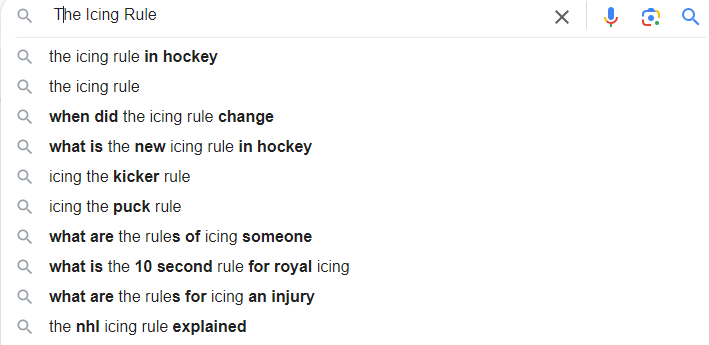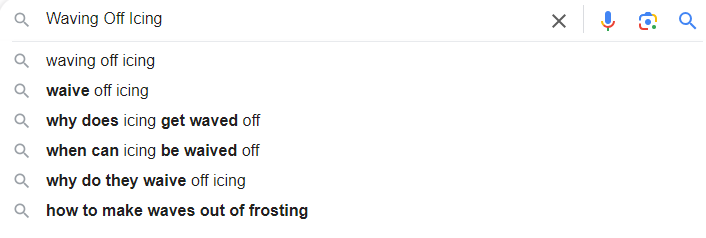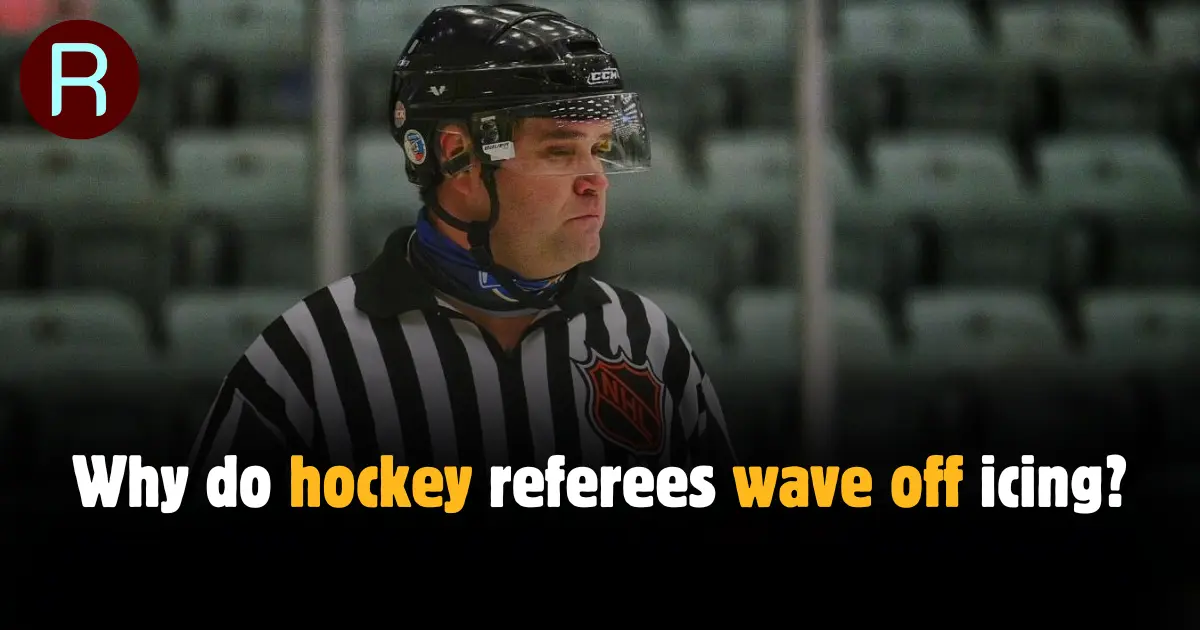Imagine this: the clock is ticking, tension is thick in the air, and the crowd is on the edge of their seats as the hockey match reaches its climax. Suddenly, a player fires the puck down the ice, aiming straight for the opponent’s goal. But hold on a second—the puck ricochets off the wall before it can cross the line. Now, here’s where things get interesting. Does this unexpected twist still count as icing? Prepare to plunge into the heart of one of hockey’s most debated topics as we peel back the layers of the icing rule and uncover the reasons why referees sometimes hit the brakes on icing calls.
Understanding the Icing Rule

Hockey’s icing rule is like the referee’s secret weapon, a rule that can turn the tide of a game in the blink of an eye. But before we dissect why refs wave off icing, let’s make sure we’re all on the same page about what icing is. Imagine a player launches the puck from their side of the rink down to the other end, but no one touches it before it crosses the opponent’s goal line. Bingo, you’ve got icing. It’s like hitting the pause button on the game, with a faceoff in the offending team’s defensive zone.
For a deeper dive into the fundamentals of hockey, check out our article on Hockey 101: Understanding the Basics.
The Traditional Interpretation of Icing
Now, you might think icing calls are as straightforward as a slapshot straight down the middle. But guess again. Referees have to navigate through a maze of rules and exceptions faster than a puck zooming across the ice. Traditionally, if that puck crosses the line untouched, it’s icing—clear and simple. But here’s the twist: sometimes the ref decides to throw a curveball.
Reasons for Waving Off Icing

So, why the sudden change of heart from the refs? Sometimes, it’s all about the goalie—if they make a move to play the puck, icing gets benched. Other times, it’s about the puck’s trajectory; if it’s headed for a different destiny, the whistle stays silent. Refs are like the conductors of a chaotic symphony, orchestrating the flow of play with finesse and precision.
Explore the evolution of hockey tactics and strategies in our article Is Icing Good Or Bad In Hockey?.
Player and Puck Positioning
Player positioning is like the chess pieces on the board – every move matters. If opposing players are in hot pursuit of that puck, ready to make a play, the icing call might get tossed aside like yesterday’s news. It’s all about keeping the game moving, keeping the energy high, and keeping the fans on the edge of their seats.
Check out our in-depth analysis in Is It Icing If the Puck Hits the Wall?
Safety Considerations
But here’s the real kicker: safety first. Refs aren’t just there to make calls – they’re there to keep everyone safe. If icing could lead to a collision course of epic proportions, you bet they’ll pump the brakes faster than a Zamboni on ice. It’s all about protecting the players, and ensuring they live to skate another day.
Communication and Clarity
In the heat of the moment, communication is key. Refs gotta make sure everyone’s on the same page, speaking the same language—or at least, understanding the signals. Clear, concise communication keeps the game flowing smoothly, preventing confusion and chaos from taking over.
Fan Perspectives and Misconceptions
Now, let’s talk fan talk. Fans are the heartbeat of hockey, the ones who live and breathe every slapshot and body check. But when it comes to icing, opinions can be as varied as the colors of a team’s jerseys. Some get it, some don’t – but one thing’s for sure, it keeps the conversation lively and the debates fiery.
FAQs (Frequently Asked Questions)
- Q: Can the goalie’s actions affect icing calls?
- A: Absolutely! If the goalie decides to take matters into their own hands and makes a move to play the puck, icing can be waved off faster than a slapshot. It’s like giving the goalie a green light to jump into action and keep the game moving.
- Q: What happens if the puck’s trajectory changes before crossing the goal line?
- A: Ah, now we’re talking. If that puck decides to take a detour, changing its trajectory mid-flight and heading for a different destiny, the icing call might just get benched. It’s all about the puck’s intentions and where it’s headed—sometimes, even pucks have a mind of their own.
- Q: Do referees consider player positioning when making icing calls?
- A: You bet they do! Player positioning is like the secret ingredient in the icing rule recipe. If opposing players are hot on the puck’s tail, ready to make a play, the icing call might get tossed aside like yesterday’s news. It’s all about keeping the game flowing and the action non-stop.
- Q: How do referees ensure clear communication during icing situations?
- A: Communication is key, my friend. Refs gotta make sure everyone’s on the same page, speaking the same language—or at least, understanding the signals. It’s like a well-orchestrated symphony, with the ref conducting the flow of play with finesse and precision.
- Q: Are fan opinions taken into account when it comes to icing calls?
- A: Fans are the heartbeat of hockey, the ones who live and breathe every slapshot and body check. While refs don’t have a direct hotline to the fans’ thoughts, fan perspectives shape the conversation surrounding icing calls. It’s like a passionate debate where everyone’s voice is heard, adding to the excitement of the game.
Conclusion
And there you have it, folks—the mystery of why hockey referees wave off icing calls, unravelled before your very eyes. It’s a wild ride, a rollercoaster of twists and turns that keeps the game unpredictable and the adrenaline pumping. So, next time you see that ref wave off the icing, just remember – there’s a method to the madness, a reason behind the whistle. And that’s what makes hockey the electrifying sport we all know and love.



